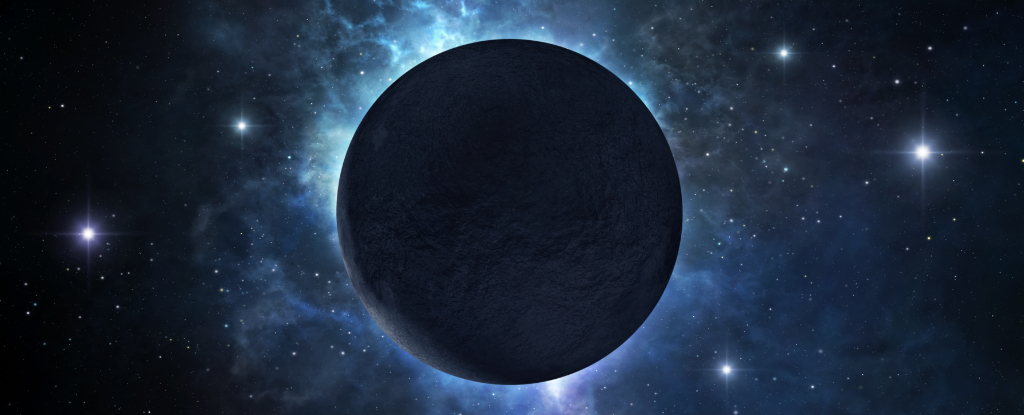
The search for a potential undiscovered planet, often referred to as “Planet Nine,” continues to intrigue astronomers and space enthusiasts alike. This concept has persisted since the early 20th century, originally proposed to explain peculiarities in the orbit of Uranus. Recent research indicates that there may still be significant gravitational influences at play in the outer reaches of our Solar System, particularly among the objects in the Kuiper Belt.
The theory of Planet Nine was revived in 2016 by astronomers Konstantin Batygin and Mike Brown at the California Institute of Technology (Caltech). Their hypothesis posits that a massive, yet-to-be-discovered planet could be affecting the orbits of trans-Neptunian objects, which include various dwarf planets and asteroids located beyond Neptune. These objects often exhibit irregular orbital paths, suggesting that their movements are influenced by gravitational forces beyond those of the Sun.
In a notable statement made in March 2024, Brown expressed confidence in the existence of Planet Nine, stating, “I think it is very unlikely that P9 does not exist. There are currently no other explanations for the effects that we see.” This assertion aligns with observations indicating that several Kuiper Belt objects are not following the expected orbital paths dictated solely by the Sun’s gravity.
The discovery of new celestial bodies has further fueled the ongoing debate about Planet Nine’s existence. For instance, the dwarf planet designated 2017 OF201, measuring approximately 700 km in diameter, has a highly elliptical orbit that raises questions about its formation and ongoing influences. Its path suggests that it may be affected by gravitational forces, potentially from a large, unseen planet.
Nonetheless, challenges remain in confirming the existence of Planet Nine. Critics argue that the available orbital data from Kuiper Belt objects may not be sufficient to draw definitive conclusions. Alternative hypotheses, such as the presence of a dense ring of debris or even a small black hole, have also been proposed to explain the observed irregularities.
One significant hurdle in tracking Planet Nine is the sheer scale of the outer Solar System. For example, the orbital period of 2017 OF201 is around 24,000 years, meaning that subtle gravitational influences would require extensive observational data over multiple orbits to be accurately identified. Recent discoveries have complicated the Planet Nine theory further. The newly identified object, 2023 KQ14, a “sednoid” located about 71 AU from the Sun at its closest point, showcases a stable orbit that suggests minimal gravitational interference from other large celestial bodies.
As astronomers continue their quest, the growing number of identified sednoids—four in total—indicates that any potential Planet Nine, if it exists, would likely be situated far beyond the current known boundaries of the Solar System. This raises the possibility that such a planet could be located more than 500 AU from the Sun, a distance that poses significant challenges for exploration.
The limitations of current observational technology compound these challenges. Estimates suggest that it would take a spacecraft approximately 118 years to travel far enough to confirm the existence of Planet Nine, based on the speed of NASA’s New Horizons spacecraft. Therefore, astronomers must rely on advanced ground-based and space-based telescopes to continue their search for new objects within the Kuiper Belt.
As the field of astronomy advances, new discoveries are made regularly, enhancing our understanding of the Solar System’s outer regions. Each new finding could provide valuable insights into the potential existence of Planet Nine or other significant celestial bodies. As researchers refine their observations and methodologies, the mystery surrounding our Solar System’s outskirts may gradually come into clearer focus, offering an exciting glimpse into what lies beyond our current knowledge.







